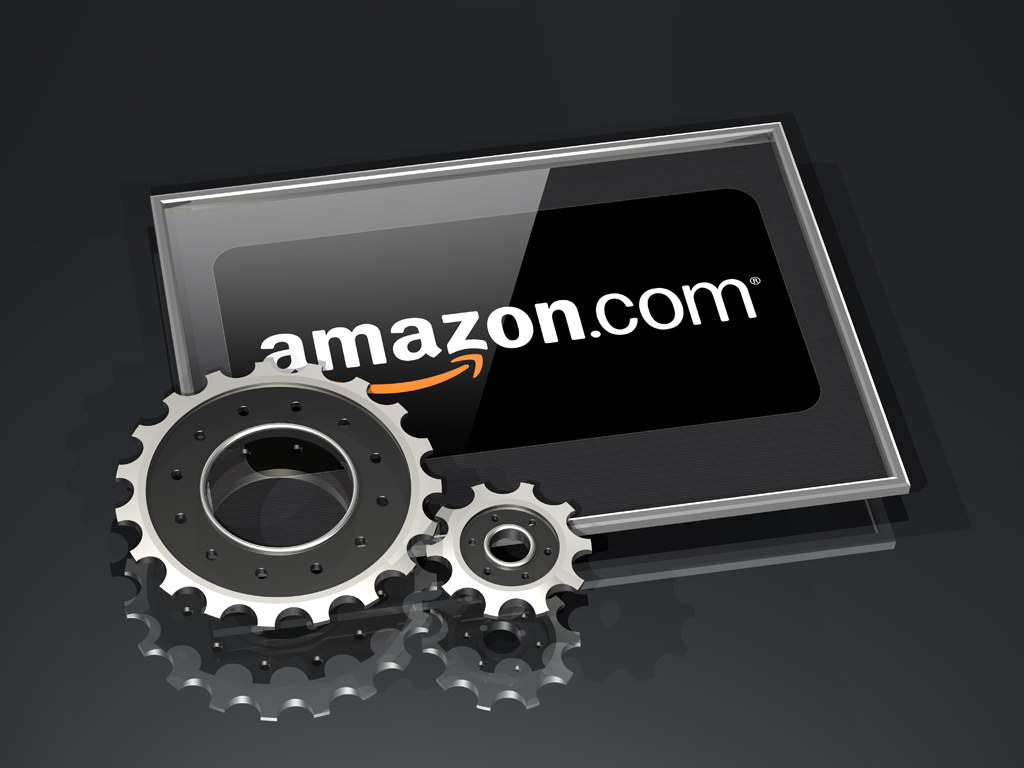The internet, coupled with the pervasive nature of smartphones and tablets, has paved the way for the ‘constantly connected’ consumer.
Now, more than ever before, the consumer has a world of choice at his or her fingertips and a keen desire to engage with the brands that make their time-poor lives more convenient and hassle-free.
The multitude of companies delivering consumer services has had to evolve quickly to compete effectively and grab consumer mindshare.
As a result, brands such as Amazon, Uber and JustEat are leading the way in creating intuitive, online platforms that streamline the provision of services and deliver simple, well-designed user interfaces.
>See also: The rise of intelligent automation in the workplace
From choosing the product or service, right through to tracking how a purchase is processed and delivered, consumers have become accustomed to a seamless user experience in their personal lives.
It’s an experience they naturally now expect in a professional capacity too, but the reality is that these demands are far from being met in the workplace.
Dissecting the disconnect
Research commissioned by ServiceNow shines light on the extent of the gap between the streamlined services delivered to consumers and those available at work, with popular consumer services ranking 103% better than workplace services.
While there is still room for improvement, consumer services have the richest customer-facing experiences when compared to typical workplace services, such as opening a purchase order, requesting help from another department, ordering equipment, or tracking down information.
In more than a third of organisations across Europe, the majority of employees are still using manual services, which is causing a huge overreliance on email.
As many as 53% of managers use email to request simple workplace services and this dependency on email is four times higher than for consumer services.
The gap is even more pronounced for mobile. Consumers are ever more reliant on their mobile devices and requesting services quickly and easily on the go. Yet the same cannot be said of workplace services.
Despite a sharp increase in the number of organisations embracing flexible and mobile working practices, only 5% of employees use a mobile app to request services at work, compared to over a quarter of consumers.
The fact is that while companies are trying to accommodate the modern employee, the majority simply do not have the systems and processes in place to optimise the productivity of a mobile workforce.
Using outdated technologies in the workplace is draining productivity at an unprecedented level, with 72% of managers conceding that manual services leave them with less time to focus on strategic initiatives, while 43% across Europe admitted that they are a key contributor to stress.
There is no doubt that laborious, time-intensive processes are a major drag on the enterprise, but what can be done to ensure that managers are fully equipped to drive their business – both operationally and strategically?
Bridging the gap
The good news is that organisations can take a number of measures today to diminish the gap between workplace and consumer services to cultivate a motivated and productive workforce.
These essentially culminate in streamlining the way that professional services are delivered, emulating the success of modern consumer-led service delivery.
The work environment is changing and fewer employees are glued to screens at their desks, with many choosing to work on the move from their personal devices.
Fortunately, new technological advancements mean that not being ‘physically’ present no longer needs to be a bottleneck for simple, day-to-day requests.
Organisations can streamline manual processes by making it quick and easy for employees to request services on the web or on the move via mobile.
Automation is another key aspect that businesses need to consider. While some employee-facing services are starting to be automated, such as holiday requests, there remains a big opportunity for enterprises to redefine the scope of what’s possible.
Back-end systems can be refined with features such as status alerts to notify employees when there is an update on their request. Without these in place, automation still results in counter-productive manual follow-up.
Furthermore, many employee requests are similar in their nature and this presents another opportunity for organisations to streamline the delivery of information.
By producing a comprehensive hub of digital content, which can be automatically shared upon request or presented in an employee-facing portal, any member of staff can easily gain access to the information they need within a matter of seconds, without needing to contact anyone else.
Workplace services also need to compete with consumer services in terms of their design and usability. Modern technology has overtaken email and other legacy approaches, with web portals and mobile apps delivering a far better front-end user experience.
>See also: A decade of disruption: how technology transformed the workplace
This is something that organisations need to take into account and action with the delivery of exceptional, intuitive interfaces that emulate the look and feel of the consumer apps they are used to. The businesses that do so will quickly see a rise in employee satisfaction and efficiency.
While consumers may have the option of switching to a competitive service provider in their personal lives, at work they have very little choice but to leave the organisation.
Outdated systems and manual processes are having a worrying impact on the workforce and employers are wasting the true potential of their employees who are spending an average of four hours a day processing unnecessary work emails.
The answer remains in the consumerisation of workplace services. To deliver a real step change, organisations need to adopt automation technologies and leverage their full potential throughout the business.
By delivering a better user experience across all workplace services and accelerating service delivery, enterprises will reap huge benefits – freeing up skilled and experienced management resources to drive business growth, efficiency and profitability.
Sourced from Paul Hardy, chief strategy officer, EMEA, ServiceNow










